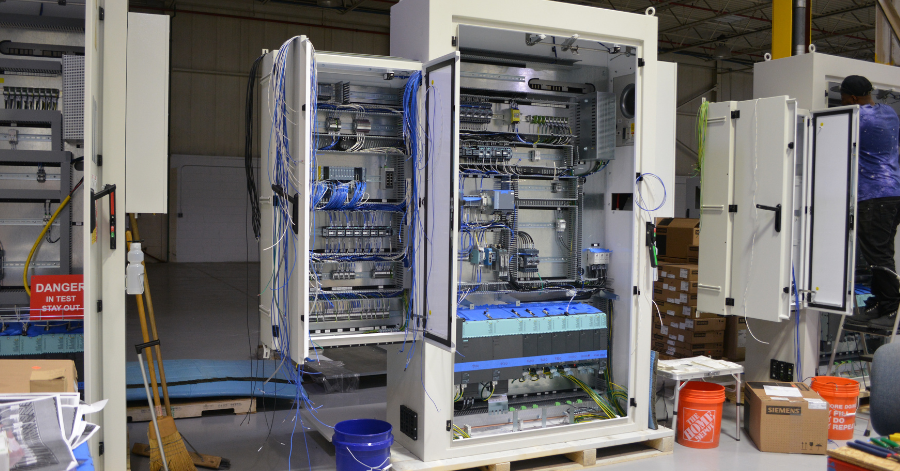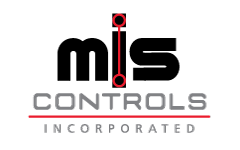
IoT and its Impact On Control Panel Assemblies
In modern industrial operations, the integration of Internet of Things (IoT) technology has ushered in a new era of efficiency, connectivity, and data-driven decision-making. One area where this impact is keenly felt is in control panel assemblies, the nerve centers of many manufacturing and industrial processes. In this blog post, we’ll explore the symbiotic relationship between IoT and control panel assemblies.
Understanding Control Panel Assemblies
Before delving into the IoT’s impact, it’s essential to grasp the significance of control panel assemblies. These assemblies serve as centralized hubs that monitor and regulate various aspects of machinery, equipment, and processes. From overseeing temperature and pressure to managing electrical currents and flow rates, control panels play a pivotal role in maintaining operational efficiency and safety.
Traditionally, control panel assemblies operated as standalone systems, with limited capacity for remote monitoring or real-time data analysis. However, IoT technology has revolutionized this landscape, offering unprecedented connectivity and control capabilities.
IoT: Transforming Control Panel Assemblies
The integration of IoT devices within control panel assemblies introduces a multitude of benefits, revolutionizing how these systems operate and interact with their environments:
- Real-time Monitoring and Analytics: IoT-enabled sensors embedded within control panel assemblies continuously collect data on various parameters such as temperature, voltage, and performance metrics. This real-time stream of information allows for proactive monitoring and predictive maintenance, minimizing downtime and optimizing operational efficiency.
- Remote Access and Control: With IoT connectivity, stakeholders can remotely access and control control panel assemblies from anywhere with an internet connection. This capability is particularly valuable for troubleshooting issues, adjusting settings, or responding to alerts promptly.
- Predictive Maintenance: By leveraging IoT-generated data and analytics, maintenance teams can adopt a predictive maintenance approach, identifying potential equipment failures before they occur. This proactive strategy helps prevent costly unplanned downtime and extends the lifespan of critical machinery.
- Enhanced Safety and Compliance: IoT-enabled control panel assemblies can incorporate advanced safety features, such as automatic shutdown mechanisms triggered by abnormal conditions or safety breaches. Additionally, IoT technology facilitates compliance with regulatory requirements by enabling robust data logging and reporting functionalities.
- Integration with Enterprise Systems: IoT-enabled control panel assemblies seamlessly integrate with broader enterprise systems, such as Enterprise Resource Planning (ERP) or Manufacturing Execution Systems (MES). This integration enables cross-functional data sharing, streamlined workflows, and enhanced decision-making across the organization.
Challenges and Considerations
While the benefits of IoT-enabled control panel assemblies are compelling, their implementation is not without challenges:
- Cybersecurity Risks: The increased connectivity inherent in IoT introduces cybersecurity vulnerabilities, necessitating robust security measures to safeguard sensitive data and prevent unauthorized access.
- Interoperability Issues: Ensuring compatibility and interoperability among diverse IoT devices and control panel components can be complex, requiring careful planning and integration efforts.
- Data Overload: The sheer volume of data generated by IoT-enabled control panel assemblies can overwhelm organizations, necessitating effective data management strategies to derive actionable insights.
Conclusion
In conclusion, the convergence of IoT technology and control panel assemblies heralds a paradigm shift in industrial automation and control systems. From real-time monitoring and predictive maintenance to enhanced safety and compliance, the benefits are manifold. However, organizations must navigate challenges such as cybersecurity risks and data overload effectively to harness the full potential of IoT-enabled control panel assemblies.
As businesses embrace digital transformation initiatives, the synergy between IoT and control panel assemblies will continue to drive innovation, efficiency, and competitiveness in the industrial landscape. By leveraging MIS controls and adopting a strategic approach to IoT integration, organizations can position themselves for success in the era of smart manufacturing and Industry 4.0.
